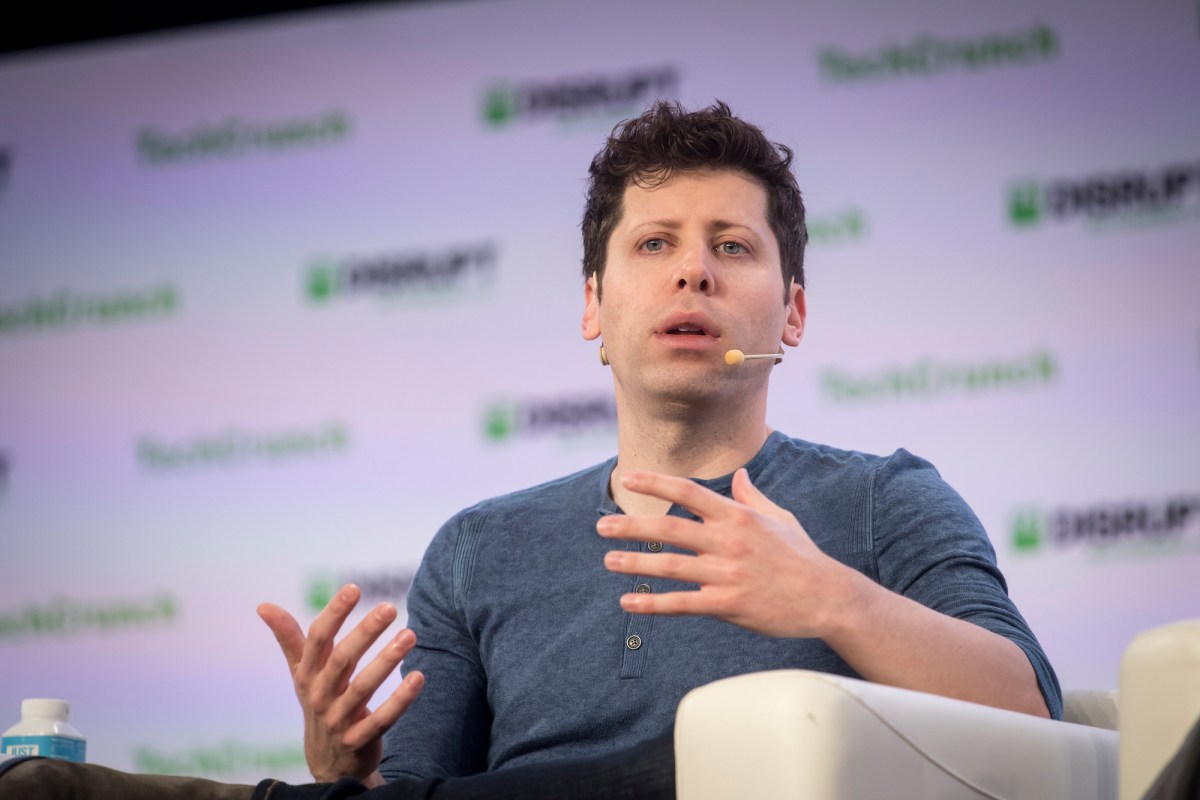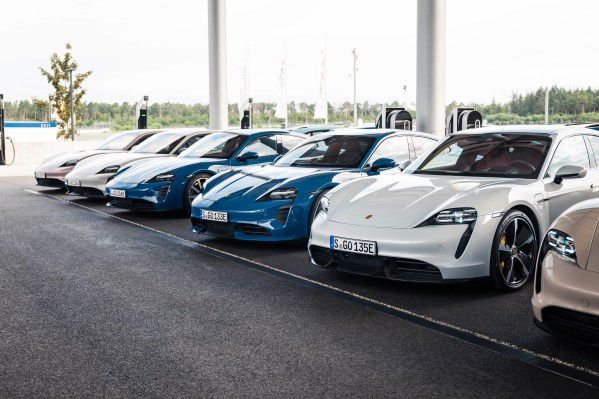OpenAI releases GPT-4, a multimodal AI that it claims is state-of-the-art

After months of anticipation, OpenAI has released a powerful new image- and text-understanding AI model, GPT-4, that the company calls “the latest milestone in its effort in scaling up deep learning.”
GPT-4 is available today via OpenAI’s API with a waitlist and in ChatGPT Plus, OpenAI’s premium plan for ChatGPT, its viral AI-powered chatbot.
According to OpenAI, GPT-4 can accept image and text inputs — an improvement over GPT-3.5, its predecessor, which only accepted text — and performs at “human level” on various professional and academic benchmarks. For example, GPT-3 passes a simulated bar exam with a score around the top 10% of test takers.
OpenAI spent six months iteratively aligning GPT-4 using lessons from an adversarial testing program as well as ChatGPT, resulting in “best-ever results” on factuality, steerability and refusing to go outside of guardrails, according to the company.
“In a casual conversation, the distinction between GPT-3.5 and GPT-4 can be subtle,” OpenAI wrote in a blog post announcing GPT-4. “The difference comes out when the complexity of the task reaches a sufficient threshold — GPT-4 is more reliable, creative and able to handle much more nuanced instructions than GPT-3.5.”
Without a doubt, one of GPT-4’s more interesting aspects is its ability to understand images as well as text. GPT-4 can caption — and even interpret — images, for example identifying a Lightning Cable adapter from a picture of a plugged-in iPhone.



